#14th-15th century
Explore tagged Tumblr posts
Text
On the corner of the Doge's Palace
En la esquina del Palacio Ducal

(English / Español / Italiano)
On the corner of the Doge's Palace is this relief showing the biblical 'Judgement of Solomon'.
Venice was considered by all European states to be the Homeland of Justice. This was no small boast since even Doges, sons of Doges and patricians could be and were sentenced to death.
Justice at the Serenissima was something very serious! Considered incorruptible and absolutely impartial, it did not look anyone in the face, in the name of the most crystal-clear legality. The Republic, in fact, held a real hard fist towards malefactors and delinquents, whatever their social background.
------------------------------------------------------------------------------
En la esquina del Palacio Ducal se encuentra este relieve que muestra el bíblico "Juicio de Salomón".
Venecia era considerada por todos los estados europeos como la Patria de la Justicia. No era para menos, ya que incluso los Dux, hijos de Dux y patricios podían ser y eran condenados a muerte.
La justicia en la Serenísima era algo muy serio. Considerada incorruptible y absolutamente imparcial, no miraba a nadie a la cara, en nombre de la más cristalina legalidad. La República, de hecho, mantenía un verdadero puño duro hacia los malhechores y delincuentes, fuera cual fuera su extracción social.
-----------------------------------------------------------------------------
Sull'angolo del Palazzo dei Dogi spicca questo rilievo che mostra il biblico "Giudizio di Salomone".
Venezia era considerata da tutti gli Stati Europei la Patria della Giustizia. Non era un vanto da poco visto che anche Dogi, figli di Dogi e Patrizi potevano essere e furono condannati a morte.
La giustizia alla Serenissima era qualcosa di molto serio! Considerata incorruttibile e assolutamente imparziale, non guardava i faccia a nessuno, in nome della più cristallina legalità. La Repubblica, infatti, teneva un vero pugno duro verso malfattori e delinquenti, di qualsiasi estrazione sociale questi fossero.
Fonte: VENEZIA Storia e Storie by Maurizio Biscaro
#venice#venezia#venecia#sestiere san marco#palazzo ducale#gotico veneziano#14th-15th century#ss.XIV- XV
8 notes
·
View notes
Text


king saul taking a shit (while david cuts off a piece of his robe)
illustrations of 1 samuel 24:3 in two different weltchronik (world chronicle) manuscripts. bavaria/austria, c. 1370-75 and c. 1400-50
sources: Munich, BSB, Cgm 5, fol. 136v // Munich, BSB, Cgm 250, fol. 133r
#14th century#15th century#weltchronik#world chronicle#jans jansen enikel#1 samuel 24:3#king saul#david#medieval art
224 notes
·
View notes
Text
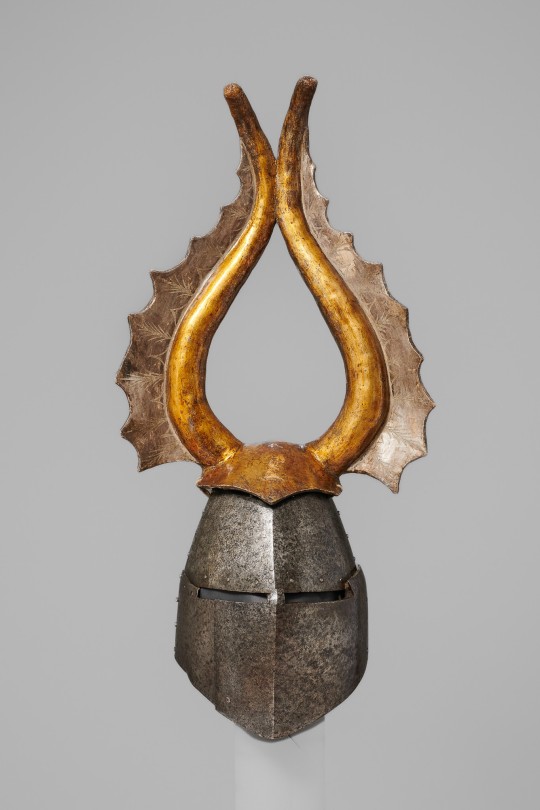
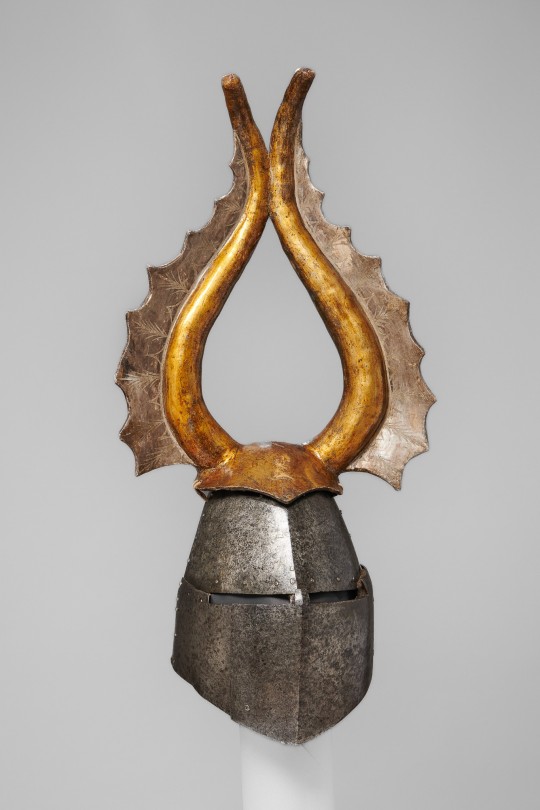
~ Helmet.
Culture: Northern Italy,Southern Germany, Austria
Date: ca. 1350 (helmet) and 15th century (helmet decoration)
Owner: Albert von Prankh
Medium: Helmet: Iron, forged, built from individual parts. Paint residue. Textile: felt. Helmet decoration: leather. Textile: linen. Chalk ground, gold leaf and silver plated. Glaze.
#history#museum#helmet#armor#14th century#14th century art#medieval#middle ages#Albert Von Prankh#ca. 1350#15th century
1K notes
·
View notes
Text
How a Common Soldier Shall be Armed ca. 1370s-1410s
Source
#medieval#middle ages#14th century#15th century#kettle hat#bascinet#chainmail#spear#gauntlet#sword#armour#dagger
187 notes
·
View notes
Text

submitted by @shilohta 💙🤍🩷
#historical fashion poll submission#very historical historical fashion polls#historical fashion polls#fashion poll#historical dress#historical fashion#dress history#fashion history#fashion plate#14th century dress#14th century fashion#14th century#15th century#15th century fashion#15th century dress#1370s#1380s#1390s#1400s#1410s#skirt
256 notes
·
View notes
Text

"Then I said to her: “My lady, these examples show that long ago, the wise were honored more than they are now and the sciences were held in greater esteem. But regarding your words about women who are expert in the art of painting, I know a woman right now by the name of Anastasia who is so talented and skilled in painting decorative borders on manuscripts and landscape backgrounds that one cannot find an artisan to equal her in the whole city of Paris, where the best in the world are found.
She so excels at painting flower motifs in the most exquisite detail and is so highly esteemed that she is entrusted with the richest and most valuable manuscripts. I know this from my own experience, because she has done work for me that is considered exceptional among the decorations created by other great artisans."
Christine de Pizan (1364-1430), The Book of the City of Ladies (finished c. 1405)
#history#women in history#anastasia#historyedit#women's history#french history#medieval women#middle ages#medieval history#france#15th century#14th century#female artists#i'm not dead :)#christine de pizan
255 notes
·
View notes
Text
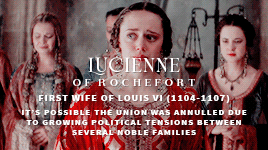




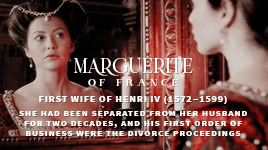








history + france's almost queens
#historyedit#perioddramaedit#12th century#14th century#15th century#16th century#17th century#18th century#19th century#mine#*#yes those names are all over the place
333 notes
·
View notes
Text






Many - most - manuscripts survive only in fragments. Here we have three adjacent fragments from a large antiphonary leaf. Text on both sides is from Psalm 138 and one side also includes musical notation. Written in a large Gothic hand with red and blue initials. Because the style of liturgical manuscripts didn't change much through the mid to late middle ages, we can't say any date more exact than between 1300 and 1599.
🔗:
#medieval#manuscript#medieval manuscript#liturgy#antiphonary#fragment#fragment friday#psalm#gothic#liturgical manuscript#14th century#15th century#16th century#maybe#who knows#book history#rare books
108 notes
·
View notes
Text

@mrbexwrites made me realize that I've never posted any photos of my medieval self so here you go. This is my biggest passion besides writing






#medieval reenactment#15th century#14th century#my medieval self#this writer has a face#reenactor#reenactment#medieval europe#middle ages
130 notes
·
View notes
Text
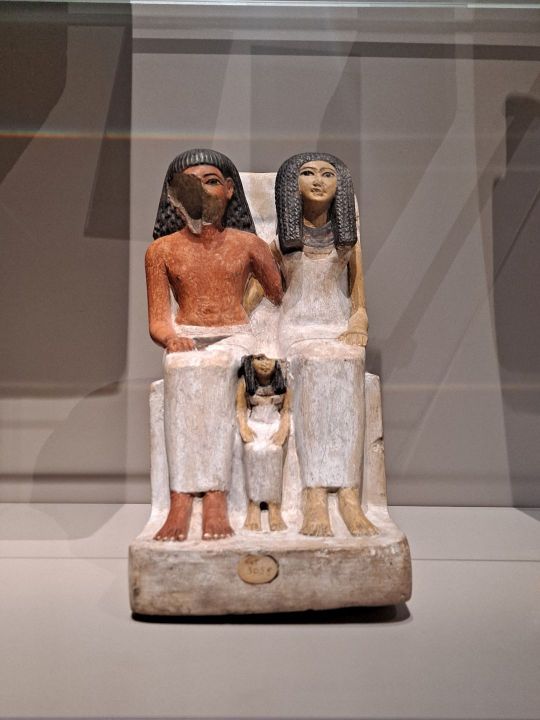

Egyptian couple and their daughter, depicted as a miniature adult
* Theban necropolis
* New Kingdom, first half of the 18th dynasty (1480-1390 BCE)
* limestone
* Turin Egyptian Museum
Turin, June 2023
#Egypt#statuette#figurine#ancient#art#couple#family#child#clothing#15th century BCE#14th century BCE#Turin Egyptian Museum#my photo
458 notes
·
View notes
Text
Wild how we know that Elizabeth Woodville was officially appointed to royal councils in her own right during her husband’s reign and fortified the Tower of London in preparation of a siege while 8-months pregnant and had forces gathering at Westminster “in the queen’s name” in 1483 – only for NONE of these things to be even included, let alone explored, in the vast majority of scholarship and historical novels involving her.
#lol I don't remember writing this - I found it when I was searching for something else in my drafts. But it's 100% true so I had to post it.#elizabeth woodville#my post#Imo this is mainly because Elizabeth's negative historiography has always involved both vilification and diminishment in equal measure.#and because her brand of vilification (femme fatale; intriguer) suggests more indirect/“feminine” than legitimate/forceful types of power#It's still bizarre though-you'd think these would be some of the most famous & defining aspects of Elizabeth's life. But apparently not#I guess she only matters when it comes to marrying Edward and Promoting Her Family and scheming against Richard#There is very lacking interest in her beyond those things even in her traditionally negative depictions#And most of her “reassessments” tend to do diminish her so badly she's rendered utterly irrelevant and almost pathetic by the end of it#Even when some of these things *are* mentioned they're never truly emphasized as they should be.#See: her formal appointment in royal councils. It was highly unconventional + entirely unprecedented for queens in the 14th & 15th century#You'd think this would be incredibly important and highlighted when analyzing late medieval queenship in England but apparently not#Historians are more willing to straight-up INVENT positions & roles for so many other late medieval queens/king's mothers that didn't exist#(not getting into this right now it's too long...)#But somehow acknowledging and discussing Elizabeth's ACTUAL formally appointed role is too much for them I guess#She's either subsumed into the general vilification of her family (never mind that they were known as 'the queen's kin' to actual#contemporaries; they were defined by HER not the other way around) or she's rendered utterly insignificant by historians. Often both.#But at the end of the day her individual role and identity often overlooked or downplayed in both scenarios#and ofc I've said this before but - there has literally never been a proper reassessment of Elizabeth's role in 1483-85 TILL DATE#despite the fact that it's such a sensational and well-known time period in medieval England#This isn't even a Wars of the Roses thing. Both Margaret of Anjou and Margaret Beaufort have had multiple different reassessments#of their roles and positions during their respective crises/upheavals by now;#There is simply a distinct lack of interest in reassessing Elizabeth in a similar way and I think this needs to be acknowledged.#Speaking of which - there's also a persistent habit of analyzing her through the context of Margaret of Anjou or Elizabeth of York#(either as a parallel or a foil) rather than as a historical figure in HER OWN RIGHT#that's also too long to get into I just wanted to point it out because I hate it and I think it's utterly senseless#I've so much to say about how all of this affects her portrayal in historical fiction as well but that's going into a whole other tangent#ofc there are other things but these in particular *really* frustrate me#just felt like ranting a bit in the tags because these are all things that I want to individually discuss someday with proper posts...
100 notes
·
View notes
Text







Women in History Month (insp) | Week 3: Consorts and concubines
#historyedit#perioddramaedit#women in history#women in history month challenge#my edits#mine#isabella of parma#imperial noble consort dunsu#eleanor of toledo#ines de castro#mme du barry#eugenie of montijo#empress fu shou#austrian history#chinese history#italian history#french history#portugese history#18th century#15th century#3rd century#14th century#19th century
153 notes
·
View notes
Text
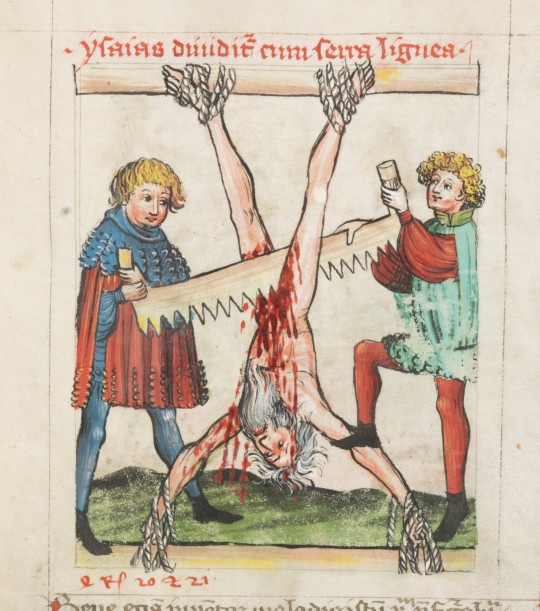
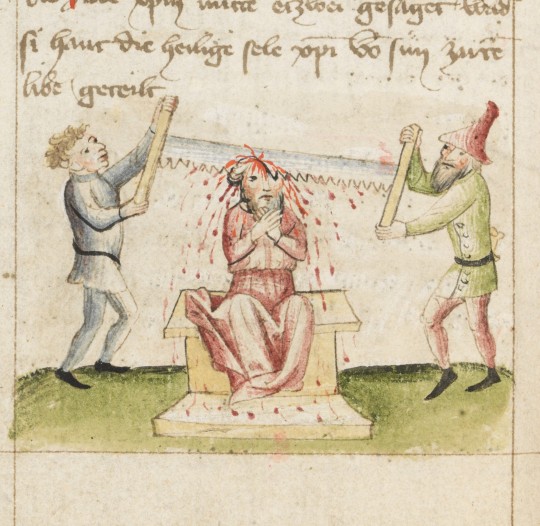
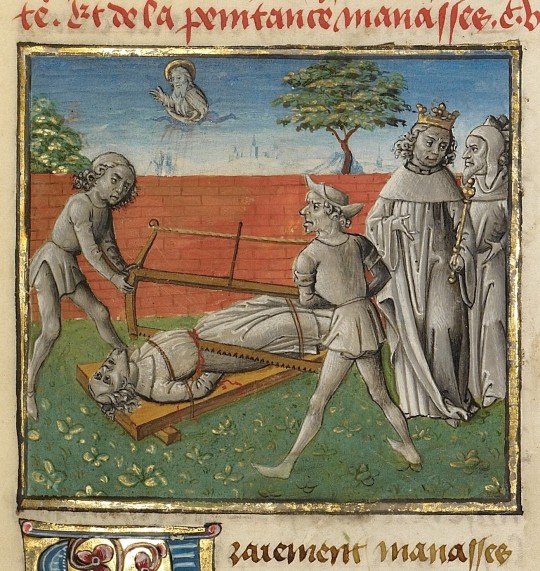
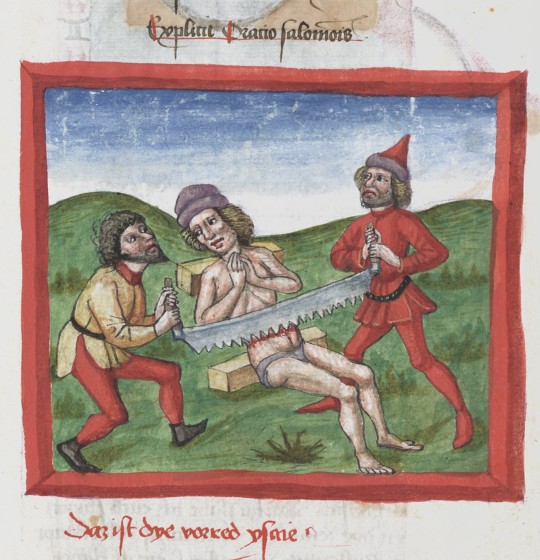
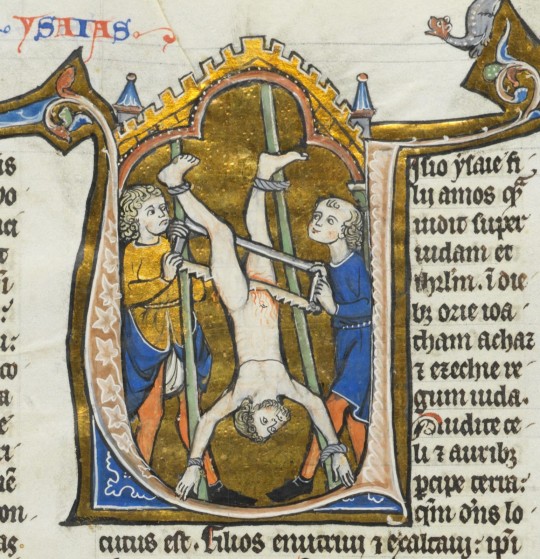
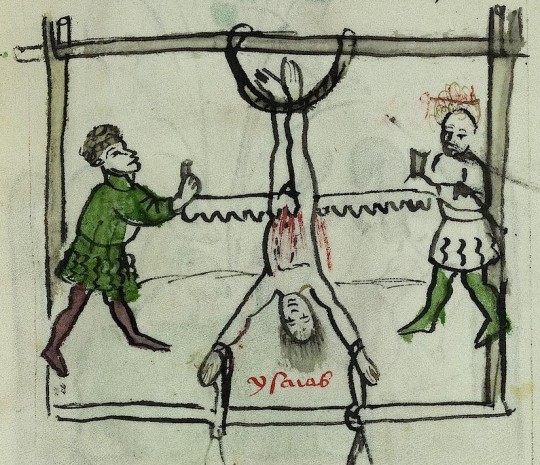
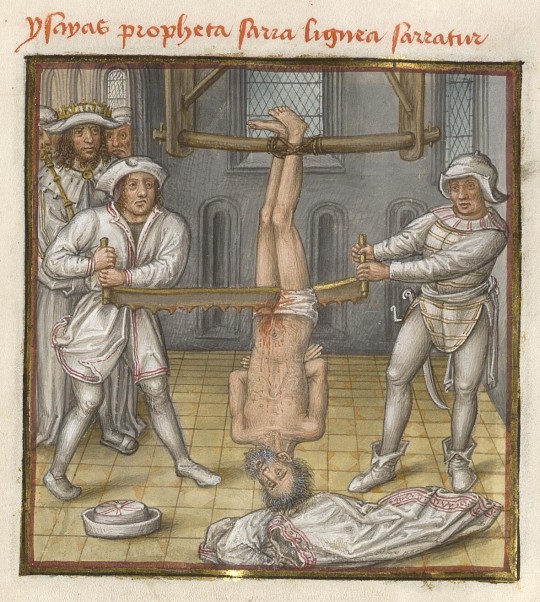
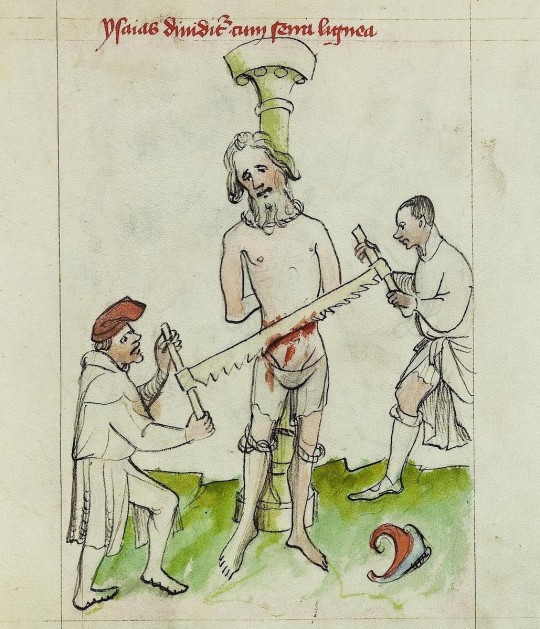


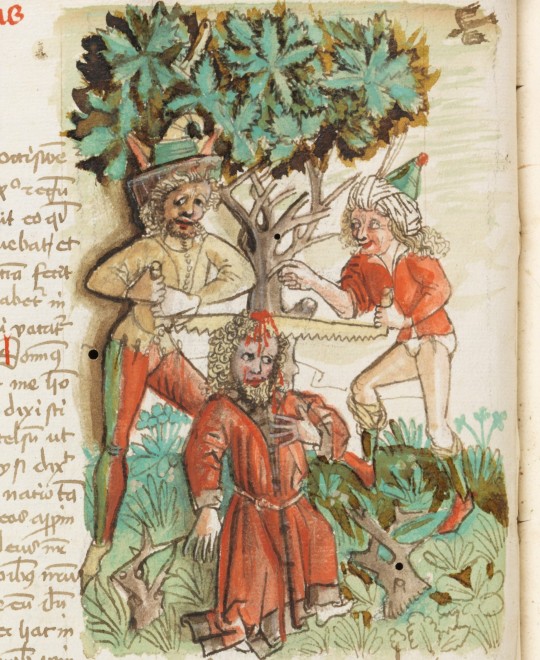

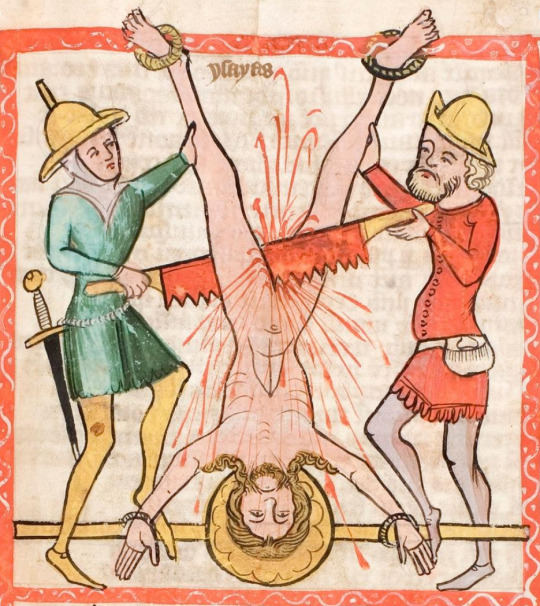
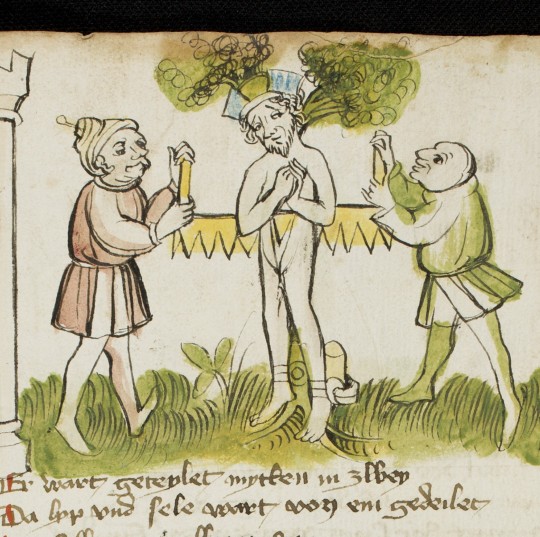

the prophet isaiah being sawn in half
13th – 15th century manuscript illustrations
manuscript signatures & links: Sarnen, Benediktinerkollegium, Cod. membr. 8, fol. 24r /// Engelberg, Stiftsbibl., Cod. 339, fol. 94v /// Los Angeles, Getty Museum, Ms. Ludwig XIII 5, v1, fol. 137r /// Munich, BSB, Cgm 503, fol. 134r ///Lausanne, BCU, U 964, fol. 266r /// Vatican, Bibl. Apostolica Vaticana, Pal. lat. 1806, fol. 25r /// Chantilly, Bibl. du Château, Ms. 139, fol. 24v /// Vatican, Bibl. Apostolica Vaticana, Pal. lat. 413, fol. 27r /// Einsiedeln, Stiftsbibl., Codex 206(49), p. 47 /// Los Angeles, Getty Museum, Ms. 1, v2, fol. 43r /// Luzern, ZHB, Msc. 42. fol., fol. 8v /// Luzern, ZHB, Msc. 42. fol., fol. 186r /// Darmstadt, ULB, Hs 2505, fol. 43r /// Berlin, SBB, Ms. germ. fol. 245, fol. 43v /// Heidelberg, UB, Cod. Pal. germ. 432, fol. 30r
#13th century#14th century#15th century#isaiah#speculum humanae salvationis#christian iconography#martyrdom#medieval art
372 notes
·
View notes
Text






























Walls of Tallinn 1 - Nunna, Sauna and Kuldjala Tower
* 14th and 15th century
Certainly worth a visit if you ever go to Tallinn. Requires a bit of climbing though :)
Tallinn, July 2024
104 notes
·
View notes
Note
"In some such families, brothers practiced what is known as temporary marriages, where several brothers would marry a single wife, who would bear heirs to all of them in turn. While the Roman ideology of the univira, a woman's devotion to one husband, seems at odds with the practice of temporary marriage, the way Crassus stepped into his brother's marriage suggests that his family may have opted to allow only two sons to marry in order to secure the family's future. When his brother died, Crassus took the opportunity to move from uncle to husband, a move that may have served his own interests as well as fraternal pietas."
[The brothers of Romulus: fraternal Pietas in Roman law, literature, and society by Bannon, Cynthia Jordan]
@p-clodius-pulcher showed me this crazy quote, wherein "his family may have opted to allow only two sons to marry" made me go "so you are saying in a later era, Crassus would be a priest".
OHHHH THIS IS DELICIOUS. every discussion revolving around Crassus' marriage to his sister-in-law is so so fun. we have archaic traditions & obligations, there's the matter of keeping the dowry in the family (which in turn lends to a fun exploration of the economy at the time, wrt to crassus' father's policy making), & combined together, there's something to be said for the reasoning that the brother-sister marriage records of roman egypt may have had more to do with keeping property in the family.
but now with fraternal pietas? HELLO!! new things to think about. I'm going to unpack this with a magnifying glass.
#i need. to read this book#remember fellas! its not incest if you marry your sister in law as long as your brother/her husband is dead!#if you have an affair while he's alive and they divorce and you marry her. that's incest! and your father in law will be waiting#for the opportunity to invade your kingdom and kick over your throne for the insult <3 (this is referencing john the baptist and herod)#this does not apply in the 18th-19th centuries tho. if your sister dies and you marry your brother in law. well. the scandal!#unless you're of a certain social class and then you can be persuaded to reconsider.#anyway. ANYWAY. fraternal pietas!!!!!! this is also. the sforzas to me. ascanio @ ludovico after the death of galeazzo#ask tag#ANYWAY. crassus as a priest is making me wheeze. im imagining some kind of. 14th/15th century type of setting#an absolutely unholy terror. he would be such a scary player in the marriage matchmaking market. dynastic aspirations of#people he disliked would be in shambles. ascanio sforza levels Surprise! I Raised An Army! type of machinations
52 notes
·
View notes
Text
Academia Historical Fiction Recommendations
The Silver Branch, by Rosemary Sutcliff: Light Academia; Medicine; Spring; Roman Britain; 3rd century
Two on a Tower, by Thomas Hardy: Romantic Academia; Astronomy; Summer; England; 19th century
The Name of the Rose, by Umberto Eco: Dark Academia; Philosophy; Autumn; Italy; 14th century
Laurus, by Eugene Vodolazkin: Chaotic Academia; Medicine and Theology; Winter; Russia; 15th century
#the silver branch#rosemary sutcliff#two on a tower#thomas hardy#the name of the rose#umberto eco#laurus#eugene vodolazkin#light academia#romantic academia#dark academia#chaotic academia#medicine#astronomy#philosophy#theology#spring#summer#autumn#winter#roman britain#england#italy#russia#3rd century#19th century#14th century#15th century#academia#historical fiction
21 notes
·
View notes